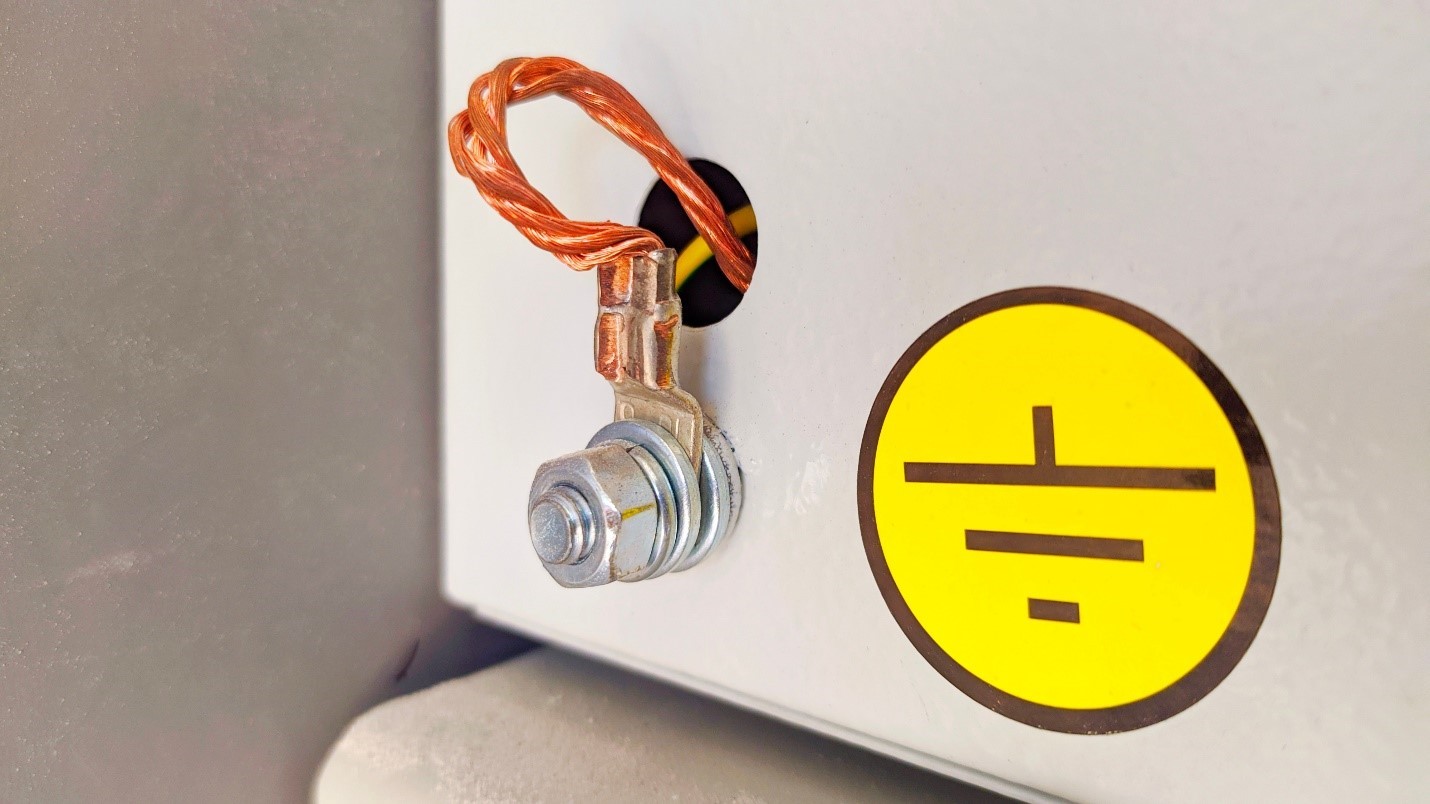It’s nearly impossible to imagine trying to run a business without electricity. We use electricity for almost everything we do these days, especially in the workplace. If you find that your appliances and devices are suddenly without power, a ground fault could be to blame. But what is a ground fault, and how can you be sure that’s what you’re experiencing? We’re here to explain.
What is a Ground Fault?
Before we can learn how to find a ground fault, we have to understand what a ground fault is. In a regular electrical circuit, the energy has a specific pathway that it follows. In the case of a ground fault, though, the electricity goes off of its intended path and flows straight into the ground, hence the name.
When a ground fault occurs, the electric current experiences an immediate reduction in resistance. The flow of electricity is no longer controlled, which can cause your circuit breaker to trip and the electricity inside your workplace to shut off.
Ground Fault vs. Short Circuit
On paper, a ground fault sounds quite similar to a short circuit. In both scenarios, the electric current is interrupted, and the flow of electricity is drawn elsewhere. Both cases can cause your circuit breaker to trip, and both circumstances can be dangerous.
However, there is a key difference between ground faults and short circuits. Electricity always leaves a source and tries to return to that source with the least resistance possible to get there. During a short circuit, the electricity finds the quickest path to the beginning of the circuit via other phase conductors. During a ground fault, the ground is the quickest way back. While a ground fault can be considered a type of short circuit, there are unique qualities that set these two situations apart.
Causes of Ground Faults
There are several potential causes of ground faults that you should be aware of. By ensuring regular maintenance of your electrical system, you may be able to eliminate these causes before a ground fault ever occurs.
Water conducts electricity, which makes it a potential hazard for ground faults. If water comes into contact with an electrical box or covers the floor where appliances are present, ground faults could result.
The wires within your electrical system can also contribute to ground faults. Over time, the insulation surrounding wires can break down or be eaten by bugs and rodents, exposing the wire. When these wires are old or damaged, they become more susceptible to ground faults.
But the condition of your wires themselves isn’t the only thing to worry about. Even if your wires are insulated properly, they can still cause a ground fault if the connections are loose. Additionally, if your system is wired incorrectly, the electricity could inadvertently find a pathway to the ground.
Dangers of Ground Faults
As with any electrical malfunction, ground faults can cause significant damage. Perhaps the most obvious danger is electrical shock, especially if your workplace contains a lot of water. Your workers could be at risk of exposing themselves to the electric current, resulting in serious injury.
In addition to electric shock, employees near a ground fault could risk burns. When the flow of electricity changes, the appliance or device in question can become extremely hot. If an employee approaches and touches the hot appliance without knowing, severe burns could result.
Of course, almost any electrical malfunction carries a risk of fire. Again, since the electrical current is so strong and uncontrolled during a ground fault, there’s a chance that the sudden surge of power can result in a fire. When not controlled quickly, you could find yourself repairing or replacing valuable equipment.
How to Find a Ground Fault with a Multimeter
If you’ve been experiencing electricity outages and you think ground faults may be to blame, you can use a multimeter to confirm your suspicions. We always recommend working with an experienced electrician to check your systems and make any necessary repairs or replacements.
Before you get your multimeter, you should first check your ground fault circuit interrupter (GFCI) to make sure it’s working properly. Test your “reset” and “trip” buttons to ensure your GFCI is performing as it should. If your GFCI is faulty, it could be the source of your problems, and you may not have a ground fault to deal with after all.
Once you’ve reset your GFCI, you can then use a multimeter to try to detect a ground fault. First, turn off your power supply, disconnect any appliances, and turn the power on again. Then, set the AC voltage as high as it can go on your multimeter. For a single pole breaker, you’ll want to reach approximately 110 to 120 volts, and for a two pole breaker, you’ll want to reach approximately 220 to 240 volts.
If your GFCI is performing as it should, you can then use your multimeter to test the outlets in your workplace. Still not finding the source of your problems? Check your circuit breaker. If you test your system in this order (GFCI, then outlets, then circuit breaker), you’ll have the best chance of finding the problem in the shortest amount of time.
Electrical Services from MTA
If you believe you’ve got a ground fault in your workplace, it’s important to bring in an expert. Working with an electrical engineer will ensure that you and your employees are safe and that your electrical issue is resolved in the quickest and safest way possible.
The team at Mark Thomas & Associates Electrical Engineers is proud to serve clients throughout California, including San Diego and Los Angeles. We are happy to check your system for the possibility of a ground fault or short circuit, and if we find an issue, we can make the necessary changes to get your system in proper working order.
The MTA team can perform additional electrical services such as short circuit analyses, coordination studies, power system evaluations, and more. We only employ the most experienced and dedicated electrical engineers who will explain their methods and recommendations in detail.
Contact MTA today to learn more about our services or to get a quote.

